TL;DR
- Unwanted male-pattern hair growth (chin, chest, belly line, back) in women is usually hormone-driven, often due to PCOS, but sometimes signals a serious condition.
- Red flags: rapid change (months), deepening voice, period changes, hair loss on scalp, or clitoral enlargement. See a GP promptly.
- Diagnosis starts with history, exam, and blood tests for androgen levels, thyroid, prolactin, and 17-OHP; ultrasound may follow.
- Treatment works: birth control pills, anti-androgens, metformin (for insulin resistance), plus laser/electrolysis. Expect 3-6 months to see real change.
- Men rarely have disease behind heavy body hair; sudden changes or other hormone symptoms need checking.
What "excessive hairiness" really means (and when to worry)
Body hair is normal. The tricky part is deciding what’s “too much” and what kind of hair is showing up. There are two broad buckets.
- Hypertrichosis: Extra hair in places both men and women usually have hair (forearms, lower legs, back), not linked to male-pattern areas. It can be genetic, medication-related (think high-dose minoxidil), or linked to metabolic conditions.
- hirsutism: Coarse, dark hair in male-pattern areas on a woman: upper lip, chin, sideburns, chest, around the nipples, belly line (from navel down), lower back, inner thighs. That pattern points to androgens (male hormones) acting on hair follicles.
Why the pattern matters: androgens turn baby-soft vellus hairs into terminal hairs. So male-pattern body map = hormone clue.
Doctors sometimes use the Ferriman-Gallwey (F-G) score to grade hair in nine body areas. A score above 8 is often considered “hirsutism.” It’s a rough tool-cutoffs vary by ethnicity and age, and it doesn’t capture everything-but it helps track change over time.
Normal variation vs. hormone problem: Lots of women have some chin or belly-line hair after puberty or during perimenopause, and that can be perfectly normal. It’s the pattern, rate of change, and other symptoms that raise concern.
Red flags that need prompt medical review:
- Hair growth that ramps up over months (not years).
- Deepening voice, more muscle, acne that’s hard to control, scalp hair thinning at the crown, larger clitoris, or reduced breast size.
- Periods that stop or become very irregular (outside perimenopause).
- New headaches or vision changes alongside cycle changes (think high prolactin).
- Easy bruising, purple stretch marks on the tummy, and weight gain mainly around the trunk (possible cortisol problem).
Men: Dense body hair is usually genetic. Get checked if you notice a sudden shift in hair pattern with other hormone symptoms (low sex drive, erectile changes, breast tissue growth, testicular pain or shrinkage), or if you’re on medicines like testosterone or anabolic steroids.
Teens: Puberty often brings bursts of hair growth. If periods haven’t started by 15-16, or facial hair jumps quickly with severe acne, talk to a GP. Early checks avoid years of stress.
How hormones drive hair growth (and what can go wrong)
Hair follicles are tiny hormone sensors. Two things set how much hair shows up: the amount of androgen around, and how sensitive each follicle is (which is partly genetic and partly local enzyme activity like 5-alpha-reductase).
The main players:
- Testosterone: In women, it comes from ovaries and adrenal glands. Some converts to DHT (more potent) in the skin.
- DHEA-S: Made in the adrenals; high levels can push hair growth.
- Insulin: High levels (from insulin resistance) nudge ovaries to make more androgens.
- SHBG: A protein that binds testosterone. Low SHBG (seen with insulin resistance or hypothyroidism) means more free, active testosterone.
Common hormone-related causes of male-pattern hair growth in women:
- PCOS (Polycystic Ovary Syndrome): The most common cause. Often comes with irregular periods, acne, weight gain around the middle, and fertility hurdles. Insulin resistance plays a big role. Not everyone with PCOS is overweight; lean PCOS exists.
- Idiopathic hirsutism: Normal hormone blood tests, regular periods, but follicles are extra sensitive. It runs in families.
- Nonclassic congenital adrenal hyperplasia (NCAH): A mild, late-onset enzyme defect (often 21-hydroxylase) that raises adrenal androgens. Tends to appear around puberty or young adulthood.
- Cushing’s syndrome: Too much cortisol from the body or long-term steroid medicines. Look for easy bruising, purple stretch marks, high blood pressure, and mood changes.
- Thyroid disorders and high prolactin: These don’t always raise androgens but can disrupt cycles and SHBG, indirectly increasing active testosterone.
- Tumours: Rare, but rapid hair changes with virilisation can point to an androgen-secreting ovarian or adrenal tumour.
Medicines that can trigger or worsen hair growth: Testosterone, anabolic steroids, danazol, DHEA supplements, some progestins in older contraceptives, minoxidil (oral or high-dose topical), cyclosporin, phenytoin. If something changed right before the hair did, mention that to your doctor.
Life stages: Puberty, pregnancy, and perimenopause alter hormones quickly. Mild facial hair around menopause is common as oestrogen falls relative to androgens. During pregnancy, steer clear of anti-androgens and focus on safe hair removal methods; talk to your midwife or GP.
Weight and insulin: A small drop in weight (even 5-10%) can lower insulin and raise SHBG, which reduces free testosterone. That’s why lifestyle change shows up in every guideline wherever insulin resistance is part of the picture.
“Hirsutism reflects either increased androgen production or increased skin sensitivity to normal androgens. Evaluation should focus on onset, rate of progression, menstrual function, and signs of virilization.” - Endocrine Society Clinical Practice Guideline, 2018
Getting diagnosed: smart steps, simple tests
You don’t need to guess the cause. A GP can start the workup and refer to endocrinology or gynaecology if needed.
What doctors ask and check:
- When did the hair start, and how fast is it changing?
- Is your cycle regular? Any fertility goals?
- Skin changes: severe acne, scalp thinning, dark patches on the neck/armpits (acanthosis).
- Medicines and supplements, including gym “enhancers.”
- Family history of PCOS, diabetes, or early balding.
Blood tests often ordered (preferably in the morning):
- Total testosterone and SHBG (to calculate a Free Androgen Index).
- DHEA-S (points to adrenal source when high).
- 17-hydroxyprogesterone (screen for NCAH).
- Prolactin and TSH (thyroid-stimulating hormone).
- LH, FSH, oestradiol if cycles are irregular or absent.
- Fasting glucose or an oral glucose tolerance test, and lipids if PCOS is suspected.
Imaging: A pelvic ultrasound may check for polycystic ovaries, though you don’t need cysts to have PCOS. If testosterone is very high or changes are fast with virilisation, scans of ovaries or adrenal glands may follow.
What to bring to your appointment:
- A list of all medicines and supplements.
- Notes on your last 6 months of periods.
- Photos (if you’re comfortable) taken in similar lighting each month. They help track change.
- Any home hair-removal routine details (laser brands, creams, etc.).
Decision tip: If hair growth has been steady for years, periods are regular, and tests are normal, idiopathic hirsutism is likely. If cycles are off or bloods are high, treat the cause (PCOS, NCAH, thyroid, prolactin). Sudden change with virilisation needs urgent review to rule out a tumour.
UK pathway, 2025 context: In the UK, GPs can run first-line bloods and consider a pelvic ultrasound. NICE guidance supports lifestyle support for PCOS, and combined oral contraceptives as first-line drug therapy when pregnancy isn’t planned. Endocrinology referral is typical for severe cases, unclear results, or when anti-androgens are being considered. Private clinics can speed up access to laser/electrolysis; choose providers with experience in your skin type.
Good to know: Hair removal (shaving, waxing) doesn’t affect hormone blood tests. No need to stop for labs. Do tell your doctor about any steroid creams or cyclical pill schedules, since these can shift some labs.

Treatment that actually helps: medical, cosmetic, lifestyle
You can mix and match options. Medical treatments reduce new growth and thin existing hairs over time. Cosmetic treatments remove visible hair now. Lifestyle change helps the whole hormone picture.
Medical treatments (speak to your GP first):
- Combined oral contraceptive pills (COCP): First line for many women not trying for pregnancy. Pills with low-androgenic progestins (like drospirenone or desogestrel) and 30-35 mcg ethinylestradiol are commonly used. They lower ovarian androgen production and boost SHBG. Benefits show up after 3-6 months. Not suitable if you smoke over age 35, have certain migraines, clot risks, or blood pressure issues-your GP will screen you.
- Spironolactone: Blocks androgen action at the follicle. Doses often 50-200 mg/day. In the UK it’s off-label for hirsutism but widely used by specialists. You must use reliable contraception; it can affect a male fetus. Side effects: lightheadedness, breast tenderness, frequent urination; blood tests for potassium and kidney function are standard.
- Finasteride: Lowers DHT. Also off-label in women; strictly avoid in pregnancy (teratogenic). Sometimes used if spironolactone isn’t tolerated.
- Cyproterone acetate: Effective anti-androgen but carries a risk of meningioma with long-term/high-dose use; the MHRA advises the lowest effective dose and careful monitoring. Usually reserved by specialists.
- Metformin: Helpful if insulin resistance is part of PCOS. It improves cycles and has a modest effect on hair over time. Gastro side effects are common at first; starting low and slow helps.
- Specific causes: NCAH may be treated with low-dose steroids under endocrine guidance. Cushing’s, thyroid disease, and high prolactin need targeted treatment, which can improve hair growth too.
- Topical eflornithine cream: Slows facial hair growth by blocking follicle enzymes. Results in 6-8 weeks; works best combined with laser. Availability in the UK has varied; some prescribers can source generics privately. Not for use in pregnancy.
Cosmetic hair removal (evidence-backed and practical):
- Shaving: Fast and safe. It doesn’t make hair thicker; it just blunts the tip so it feels stubbly. Use a sharp blade and a gentle gel.
- Waxing/threading: Good for shape and short-term smoothness. Can irritate or darken skin if overdone. Avoid if you’re on strong acne treatments (isotretinoin).
- Cream depilatories: Dissolve hair. Patch test first-sensitive skin can react.
- Bleaching: Makes hair less visible, not less present. Useful on the forearms or upper lip if hairs are fine.
- Laser hair removal: Best for dark hair on light to medium skin. Needs 6-8 sessions spaced 4-8 weeks apart, with maintenance every 6-12 months. For brown and black skin, choose clinics with Nd:YAG lasers and experience with darker tones to reduce burn risk. Hormonal causes may need more sessions.
- Electrolysis: The only truly permanent method but slow and operator-dependent. Great for light, grey, or red hairs that lasers miss. Plan for many short sessions.
Realistic timelines: Medical treatments take 3-6 months for visible change because follicles cycle slowly. Laser reduces hair each round, but hormones can re-stimulate dormant follicles; maintenance is normal. Combining a pill or anti-androgen with laser often gives the best, longest-lasting results.
Lifestyle that supports hormones:
- Weight: If you live with overweight and insulin resistance, a 5-10% weight loss can lower insulin and free testosterone. It’s not magic, but it helps treatment work better.
- Movement: Aim for most days-mix resistance and brisk walking. Muscles soak up glucose and improve insulin sensitivity.
- Sleep and stress: Poor sleep and chronic stress can nudge cortisol and appetite. Regular sleep times help.
- Diet: Focus on protein, fibre, vegetables, and slow-release carbs. Keep sugary drinks and ultra-processed snacks for occasional treats.
Fertility planning: If you’re trying to conceive, avoid anti-androgens and most hormonal pills. Focus on treating the cause (e.g., metformin for insulin resistance, ovulation induction if needed) and use cosmetic hair removal in the meantime. An endocrinologist or fertility specialist can align plans with your goals.
Mental health matters: Unwanted facial or body hair can hit confidence hard. Many people avoid photos, swimming, or dating because of it. Talking therapy, support groups, or even a frank chat with your GP can help. Reducing the isolation often makes the whole plan easier to stick with.
Daily living toolkit: checklists, pro tips, and quick answers
Quick decision guide:
- Slow build over years, regular periods, normal bloods? Likely idiopathic hirsutism. Consider cosmetic methods, lifestyle, and a trial of COCP if contraception suits.
- Irregular or absent periods, acne, central weight gain? Suspect PCOS. Ask for androgen tests, glucose/insulin checks, and an ultrasound if your GP advises.
- Fast change (months) with voice deepening or scalp hair loss? Get urgent GP review-rule out androgen-secreting tumour.
- New hair growth after starting a medicine or supplement? Review that drug with your doctor.
Safer at-home hair removal:
- Use a clean, sharp razor; change blades often to avoid bumps.
- Patch test depilatory creams and bleaching agents 24 hours before use.
- If you’re on retinoids or had a recent peel, skip waxing to avoid skin tears.
- Moisturise after hair removal; use fragrance-free products on the face.
- For home IPL devices: they’re slower and weaker than clinic lasers. Follow the skin-type chart, wear eye protection, and don’t use on tattoos or moles.
Doctor visit checklist:
- Timeline of hair changes and period history.
- List of medicines/supplements (including “natural” ones).
- Family history: PCOS, diabetes, early balding, thyroid disease.
- Photos for comparison.
- Questions you want answered (treatments, side effects, fertility plan).
Mini-FAQ
- Does waxing or shaving make hair thicker? No. The root isn’t affected. Shaving blunts the tip so it feels thicker; that’s an illusion.
- Can diet alone fix hormone-driven hair growth? Diet and movement can lower insulin and help, especially in PCOS, but most people need a combo with medical or cosmetic treatment.
- Will weight loss always help? It helps when insulin resistance is present. If you’re already lean with high androgens, focus on medical and cosmetic routes.
- Can birth control cause hair growth? Some older progestins can. Modern low-androgenic pills usually reduce hair growth.
- How long until I see results from pills or spironolactone? Expect 3 months for the first changes; 6 months for the main benefits.
- Is laser permanent? It’s long-term reduction. Many need maintenance every 6-12 months, especially with hormonal drivers.
- What about pregnancy? Skip anti-androgens. Use safe cosmetic methods and revisit treatment after delivery and breastfeeding.
- I’m postmenopausal and growing chin hairs. Normal? Common. Oestrogen drops, and relative androgens show more effect. Treatments still work; check with your GP about risks and options.
- I’m a man with sudden body hair changes. Rarely a problem, but if you also have breast swelling, low libido, or testicular changes, get checked.
Pro tips to avoid common pitfalls:
- Don’t judge progress week to week. Compare monthly photos under the same light.
- If you start spironolactone, set reminders for blood tests and contraception.
- Dark skin needs the right laser (often Nd:YAG). Ask providers to show you their settings and before/after photos on similar skin tones.
- Combine methods: a low-androgen pill plus laser beats either alone for many people.
What the evidence says (plain English version): UK guidance (NICE for PCOS) and international guidelines (Endocrine Society) support COCPs as first-line for hirsutism when pregnancy isn’t planned, lifestyle interventions where insulin resistance is present, and anti-androgens as add-ons when needed. Results take months, not weeks, because hair follows slow growth cycles.
Local note (UK, 2025): Eflornithine cream availability has been patchy; some private prescribers can source it. Cyproterone carries a meningioma warning-specialist oversight is key. NHS dermatology and endocrinology services can coordinate care, but waiting times vary; if you go private for laser, keep your GP in the loop.
Next steps and troubleshooting (by scenario)
If you’re newly noticing male-pattern facial hair:
- Book a GP appointment. Mention how fast it changed and any period changes.
- Ask for androgen tests (testosterone, SHBG, DHEA-S), 17-OHP, TSH, prolactin. Bring your meds list.
- Start a temporary cosmetic plan (shaving, threading). Take monthly photos.
- Discuss contraception options if considering anti-androgens later.
If you suspect PCOS:
- Track periods and symptoms (acne, weight, hair changes) for 2-3 months.
- Request labs and ask if a pelvic ultrasound is useful in your case.
- Begin gentle lifestyle changes now-don’t wait for results. Even small wins help.
- Discuss a low-androgen pill if you don’t plan pregnancy, or fertility-focused options if you do.
If changes are rapid or severe: Don’t sit on it. Ask your GP for urgent bloods and possible imaging. The goal is to rule out a tumour quickly. This is uncommon, but speed matters.
If you’re trying to conceive: Skip anti-androgens and most hormonal pills. Use cosmetic methods and talk to an endocrinologist or fertility specialist about metformin, ovulation induction, or other PCOS treatments.
If you have darker skin and want laser: Seek clinics with Nd:YAG lasers and trained staff. Ask to see results on your skin tone and talk through burn risks. Start with a low test spot.
If you’re on medicines that can cause hair growth: Don’t stop on your own. Bring it up with your doctor. Sometimes the dose or drug can be changed; sometimes not. But knowing the cause helps set realistic expectations.
If money is tight: Focus on high-value basics: a suitable pill (if safe), shaving or threading, and lifestyle changes. Save for targeted laser sessions on the areas that bother you most.
If you’re trans or non-binary and on gender-affirming hormones: Extra hair on testosterone is expected. If it’s too much, an endocrinologist can help balance dose, and a dermatologist can plan laser/electrolysis on the face.
When to get a second opinion: If tests are normal but your symptoms are racing ahead, or if treatment hasn’t budged things after 6-9 months, ask for an endocrine referral. Sometimes a fresh look spots what’s missing.
Simple rule of thumb to remember: Slow change with normal cycles is usually benign and manageable. Fast change with cycle disruption or virilisation deserves urgent checks.
You don’t have to white-knuckle this. There’s a clear path: rule out the few serious causes, treat the common ones well, and use cosmetic tools that make daily life easier while the hormones settle. That mix brings the best results-and the headspace you deserve.


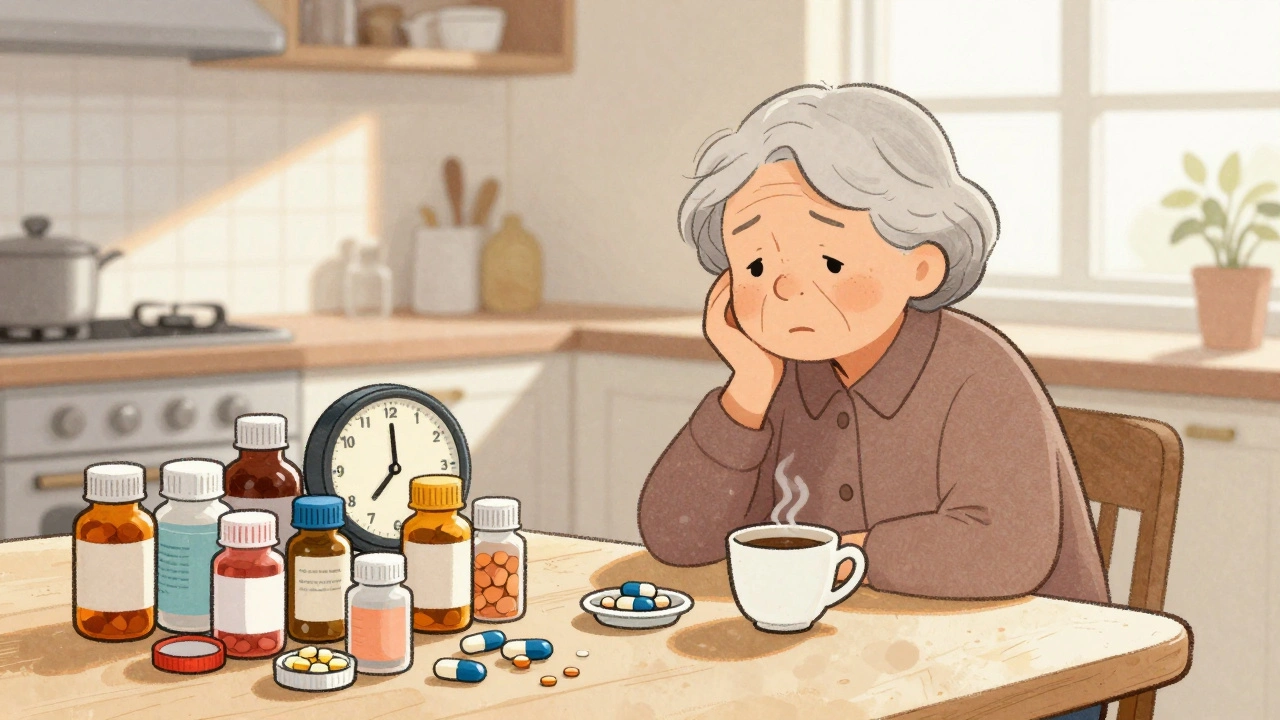
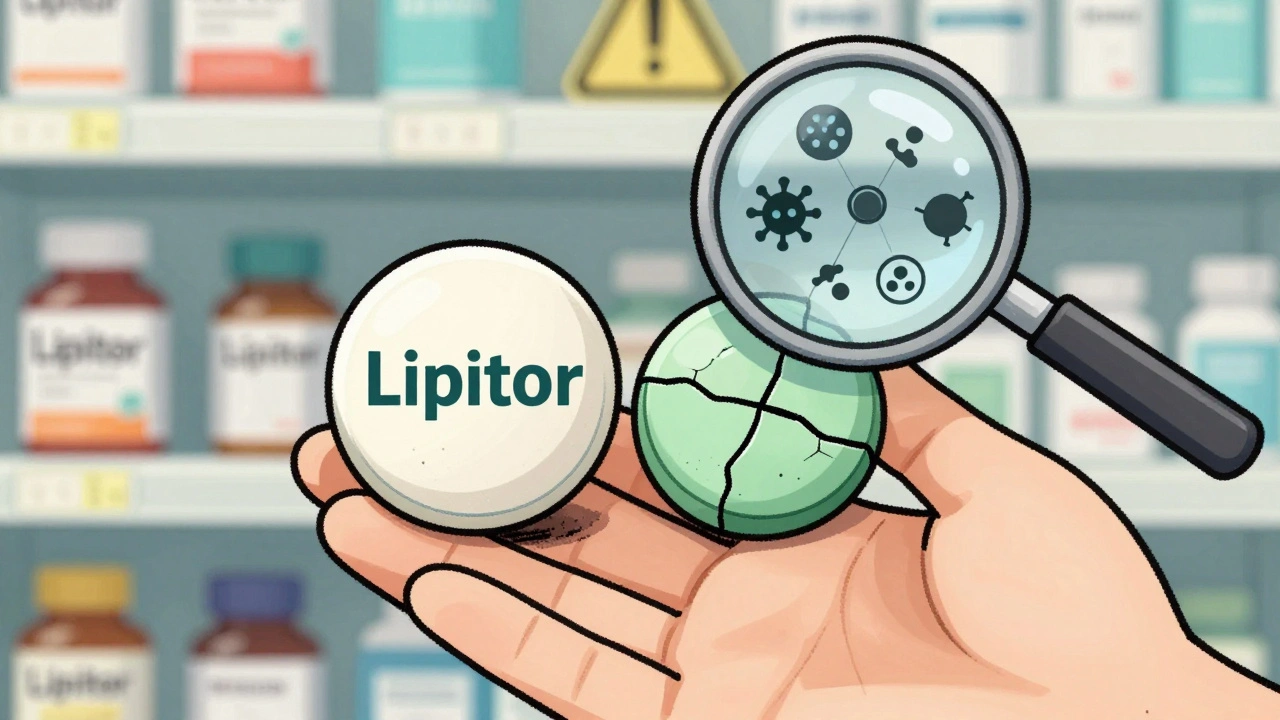
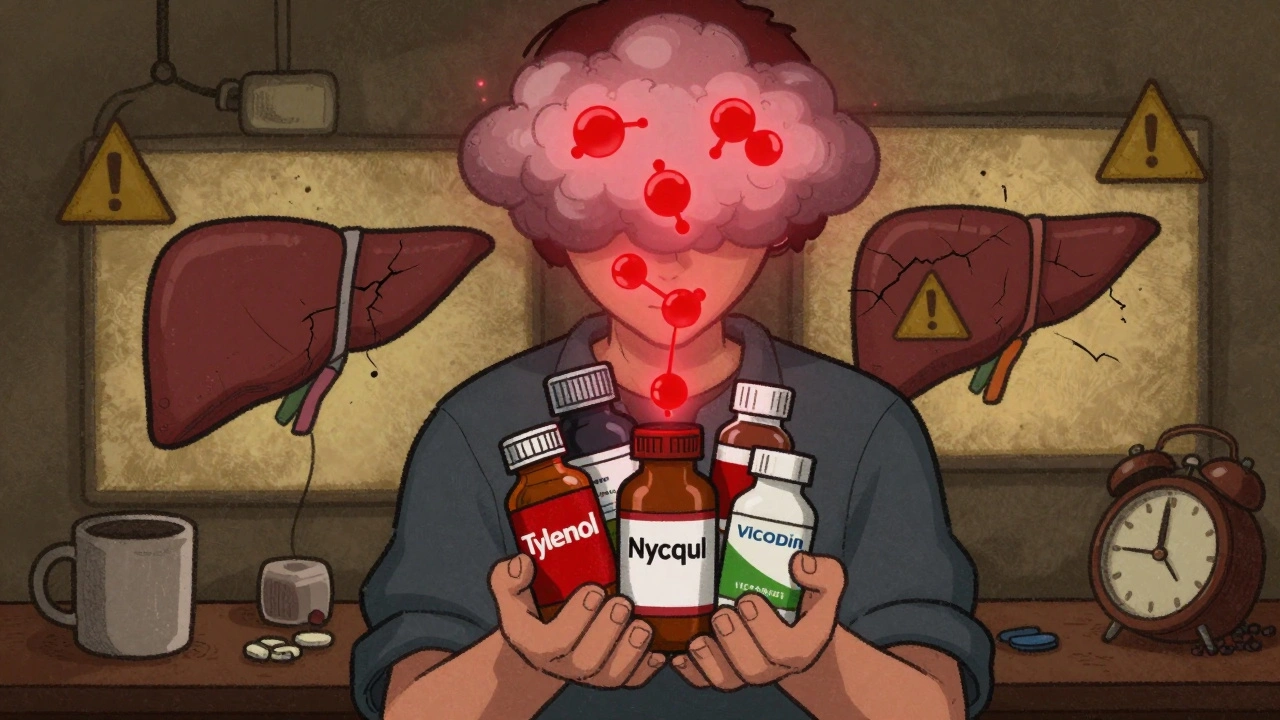
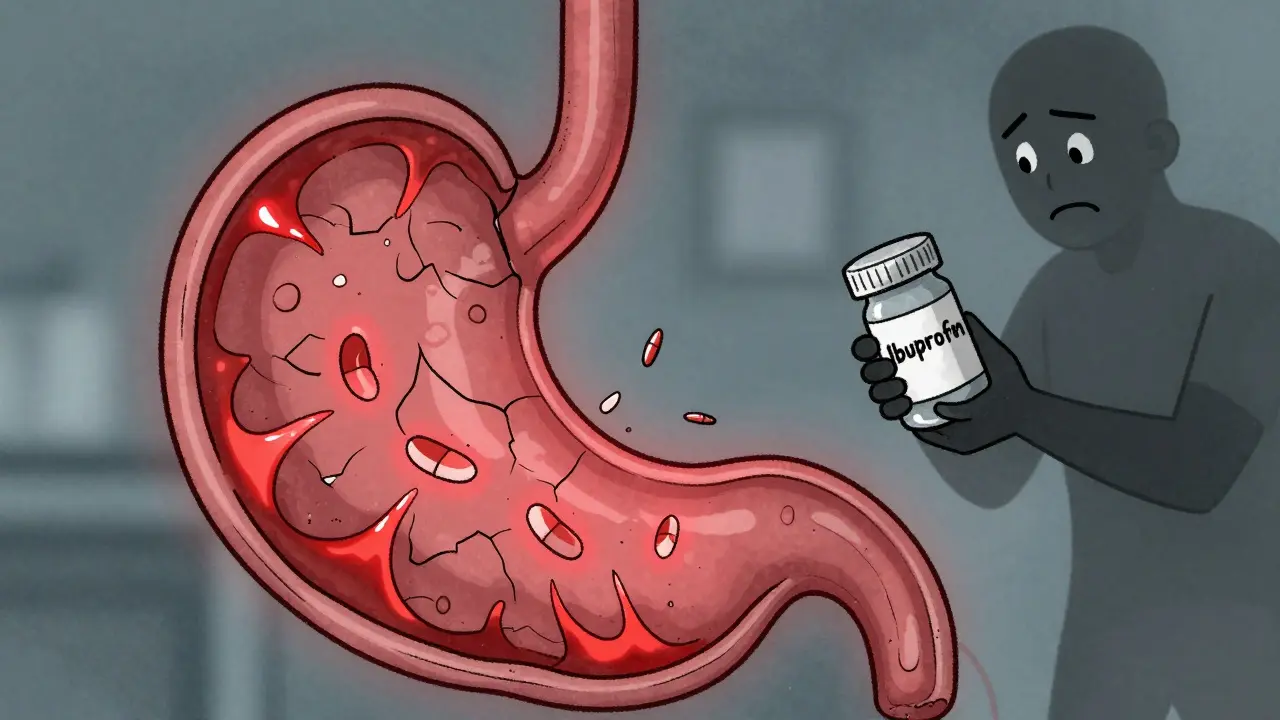
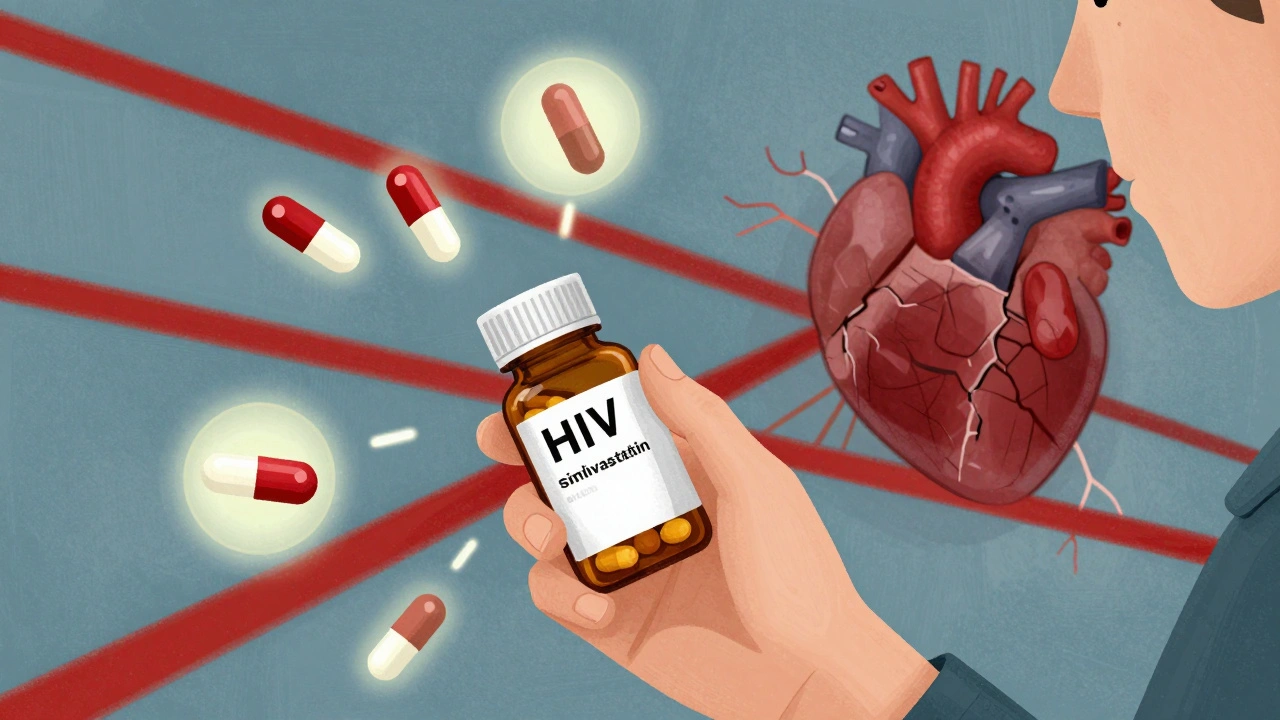
Erica Harrington
September 5, 2025 AT 19:40One practical tip that often slips through the cracks is to keep a simple daily log of hair‑growth spots alongside menstrual notes; the visual trend can be a persuasive piece of evidence when you discuss symptoms with your GP.
Pair that log with photos taken under consistent lighting – even a quick phone snap every month helps track subtle changes.
Don’t forget to note any new medications or supplements, as many over‑the‑counter products can shift hormone levels.
When you finally sit down with your doctor, bring the whole package: timeline, photos, and a concise list of concerns.
This preparation makes the appointment more efficient and gives you confidence that you’re being heard.
karl lewis
September 5, 2025 AT 19:56While the overview is exhaustive, one must acknowledge that many patients will never achieve the idealised "hair‑free" state due to inherent follicular variability.🙂 The literature repeatedly underscores that androgen blockade yields only incremental benefit, not a cure.
Consequently, expectations should be calibrated to realistic timelines – three to six months for perceptible change, longer for dense regions.
Moreover, the psychosocial impact often outweighs the physiological modesty of treatment.
Patricia Mombourquette
September 5, 2025 AT 21:20its simple just track ur periods and hair growth thats it.
Amy Martinez
September 7, 2025 AT 01:06Imagine standing before a mirror and finally feeling like the reflection matches the person you know inside – that moment of alignment is precisely what many chase when grappling with hirsutism.
First, the act of chronicling – a photo diary – does far more than provide data for physicians; it becomes a quiet ritual of self‑recognition, a visual narrative that says, "I see you, and I’m listening."
Second, the interplay between diet and hormones is a dance that many underestimate; swapping refined carbs for fiber‑rich legumes can gently coax insulin levels down, which in turn nudges SHBG upward, subtly dimming the androgenic spotlight on the skin.
Third, movement isn’t just about calories – resistance training fuels muscle, a natural insulin sink, while brisk walks calm cortisol, the stealthy hair‑promoter hidden in chronic stress.
Fourth, sleep hygiene – consistent dark rooms, screen curfews, and breathing exercises – restores pituitary rhythm, keeping the hormonal orchestra from slipping into a chaotic solo.
Fifth, the choice of contraceptive matters; low‑androgenic progestins are the quiet heroes, tempering ovarian testosterone without the stormy side‑effects of older formulations.
Sixth, when spironolactone enters the picture, schedule potassium checks like clockwork; the drug is a gentle antagonist that, over months, tells hair follicles to pause their over‑production.
Seventh, laser and electrolysis are not magic wands but tools that, when paired with medical therapy, achieve a synergy akin to a duet rather than a solo performance.
Eighth, mental health is the often‑forgotten eighth pillar – sharing fears with supportive circles or a therapist can lift the weight of stigma, making adherence to treatment regimes feel less like a chore and more like self‑care.
Ninth, for those planning pregnancy, the temporary shelving of anti‑androgens in favor of metformin and ovulation induction preserves fertility while still tackling the androgen surplus at its root.
Tenth, embrace the small victories: a softer chin, a thinner arm line, a period that steadies – each is a breadcrumb leading toward the larger goal.
Finally, remember that every body writes its own story; the guidelines are maps, not dictations. Trust your experienced clinicians, listen to your body, and celebrate the progress, however incremental, because the journey itself reshapes confidence as much as it reshapes hair.
Josh Grabenstein
September 7, 2025 AT 01:15What most folks miss is that behind the "standard" labs lies a network of hidden influences – think endocrine disruptors in plastics, subtle pesticide residues, even the electromagnetic hum of modern infrastructure.
If you’re only looking at testosterone levels you’re ignoring the covert push from environmental estrogens that can masquerade as androgenic spikes.
Stay skeptical of the "clean" label on labs; many labs are funded by big pharma, which subtly skews reference ranges to keep the market for expensive anti‑androgens alive.
When you read a guideline, remember the footnotes are often omitted for brevity but hold the real story.
Marilyn Decalo
September 7, 2025 AT 01:23Let's not pretend that the "one‑size‑fits‑all" protocol covers every nuance – the drama of hirsutism is far more theatrical than a bland checklist can capture.
For instance, the insistence on COCPs as first‑line ignores women who are terrified of hormonal contraception due to personal or cultural reasons; shutting them out fuels resentment.
And the claim that laser is "the best" overlooks the glaring accessibility gap for people of colour, whose melanin simply reflects the laser's energy away.
Sure, the science backs certain pathways, but the lived experience is messy, contradictory, and often sidelined by neat medical narratives.
Hence, the real solution lies in personalized, inclusive care that respects both biology and individual stories.